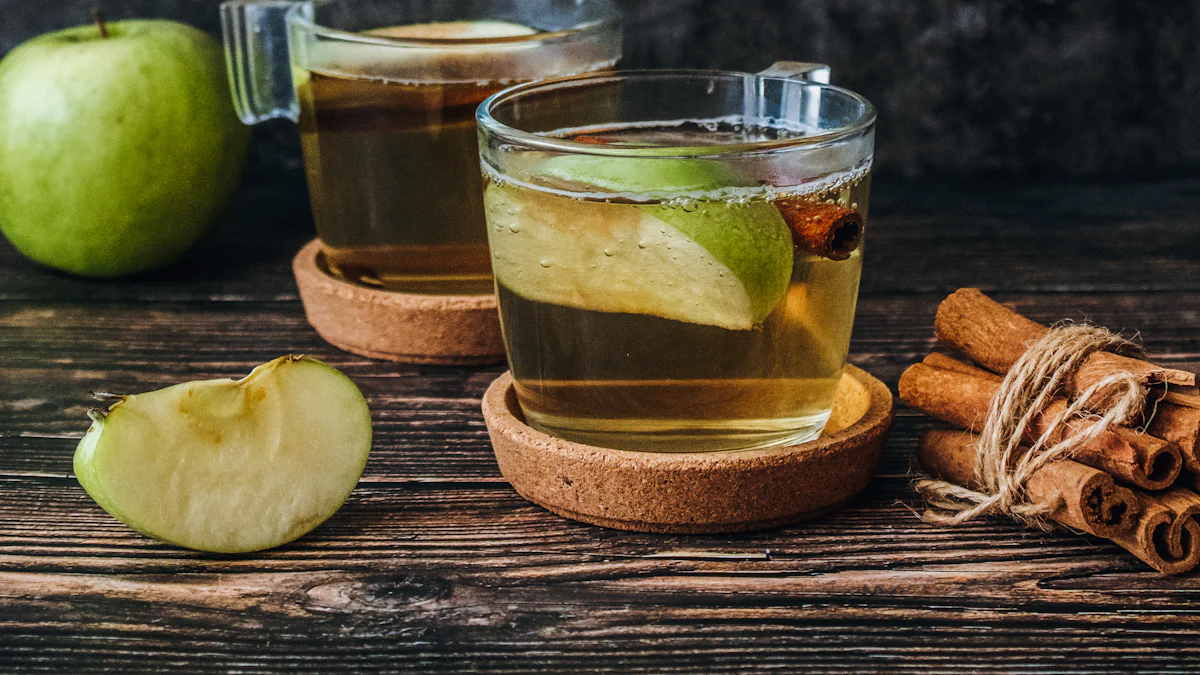Wine Fermentation tank

The duration of wine fermentation tank can vary widely depending on several factors, including the type of wine, the yeast strain used, the fermentation temperature, and the winemaker’s goals. In general, primary fermentation typically takes anywhere from several days to a few weeks. Here are some general guidelines for the duration of wine fermentation:
1.White Wines: White wines, especially those made from grapes like Sauvignon Blanc or Pinot Grigio, often have a shorter fermentation period. Primary fermentation for many white wines can be complete in as little as one to two weeks.
2.Red Wines: Red wines, which are fermented with the grape skins and sometimes seeds, tend to have longer fermentation times compared to white wines. Primary fermentation for red wines can last from one to three weeks or more, depending on factors like the grape variety, tannin levels, and desired flavor extraction.
3.Rosé Wines: Rosé wines can have a fermentation time similar to that of white wines if they are made by directly pressing red grapes and fermenting the juice without prolonged skin contact. However, some rosé wines are made by allowing the juice to macerate with the grape skins for a short period, which can extend the fermentation time slightly.
4.Sweet Wines: Wines with residual sugar, such as late-harvest or dessert wines, may have a longer fermentation period. This is because winemakers often stop fermentation intentionally to retain sweetness. In some cases, fermentation can take several months or even years to complete.
5.Sparkling Wines: Sparkling wines, like Champagne, undergo a secondary fermentation in the bottle (traditional method) or in a tank (Charmat method) to create carbonation. This secondary fermentation can take several weeks to several months.
Several factors can influence the fermentation time:
Yeast Strain: Different yeast strains have varying fermentation rates. Some strains are faster fermenters, while others are slower but may contribute specific flavors to the wine.
Fermentation Temperature: The temperature at which fermentation occurs can impact its speed. Higher temperatures generally result in faster fermentation, while lower temperatures can slow it down. Winemakers often control temperature to achieve desired results.
Sugar Levels: The initial sugar content in the grape juice or must can affect fermentation time. Wines with higher sugar levels will take longer to ferment completely.
Oxygen Levels: Proper aeration and oxygen management during fermentation can influence yeast health and fermentation speed.
Nutrient Availability: Yeast nutrient levels in the must can impact fermentation. Adequate nutrients can support a healthy and efficient fermentation.
The duration of wine fermentation in tanks varies widely depending on the type of wine and specific winemaking practices. Winemakers carefully monitor and manage fermentation to achieve the desired style, quality, and characteristics of the final wine. From a few days to several weeks, fermentation times are tailored to optimize flavor extraction, alcohol content, and overall balance in the finished product.



